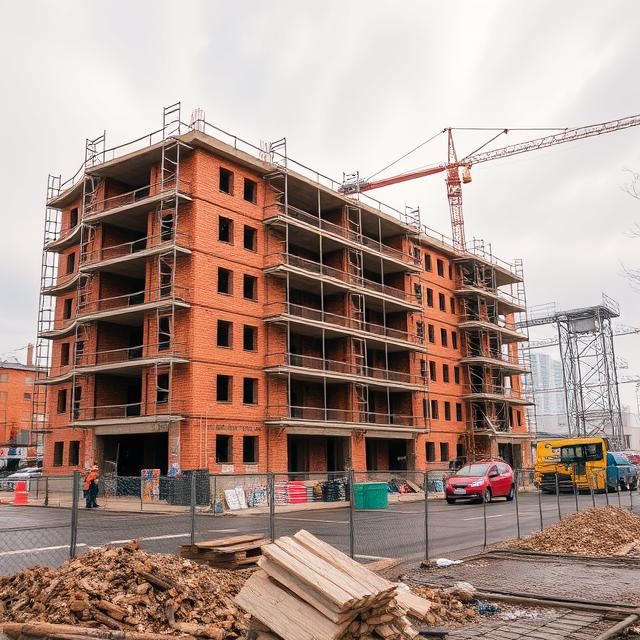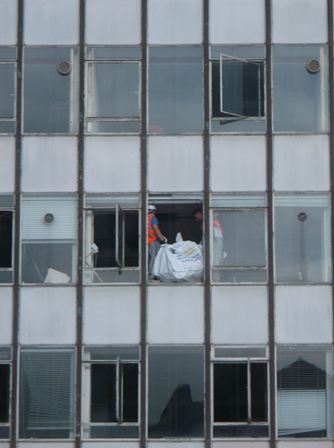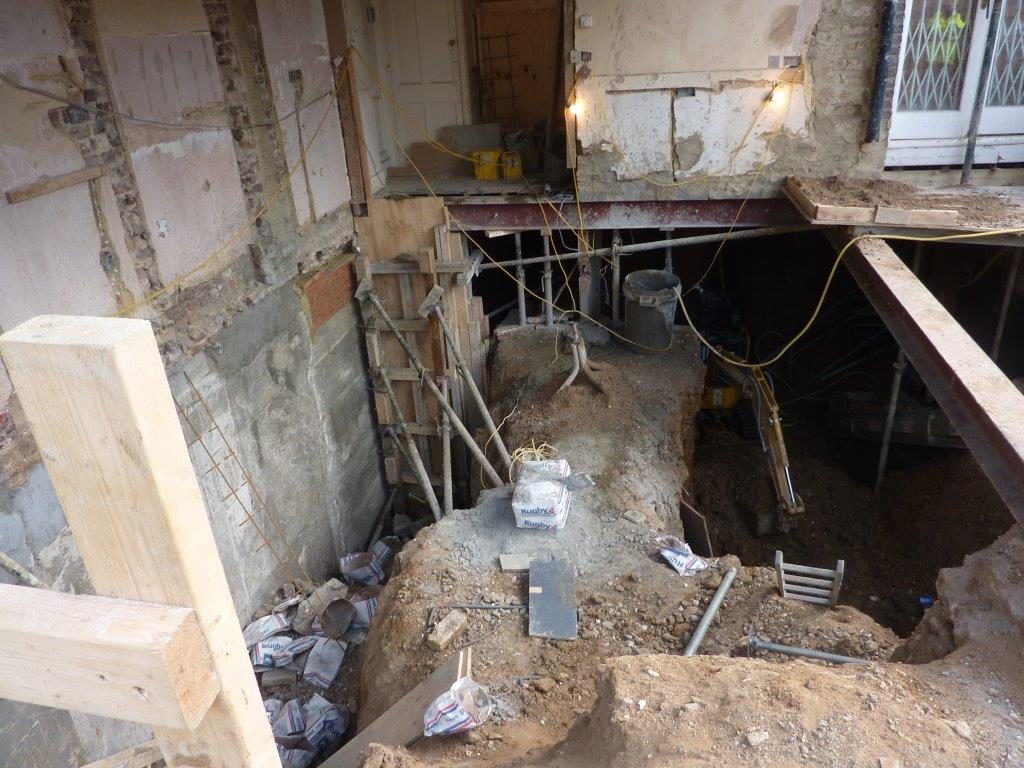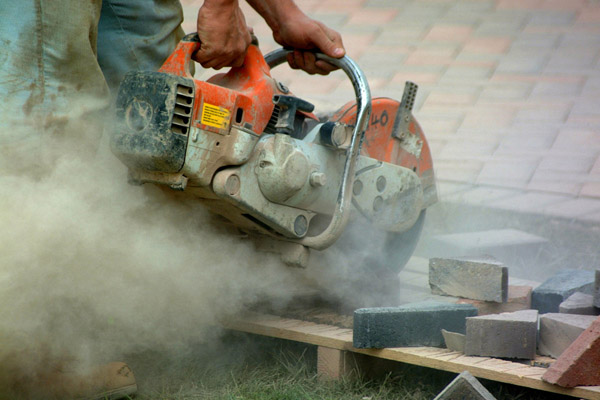
In recent years, concerns over building safety have taken centre stage nationally, prompting the government to rethink regulations and oversight mechanisms to protect occupants and the public. The newly enacted Building Safety Act 2022 represents a significant legislative overhaul aimed at enhancing the safety, accountability, and transparency of building construction and management processes. This comprehensive legislation seeks to address longstanding issues, prevent tragedies, and foster a culture of safety within the construction and property management industries.
Background and Context
The impetus for the Building Safety Act stems from high-profile incidents involving structural failures, unsafe construction practices, and inadequate building maintenance. Notably, events such as the Grenfell Tower fire in London underscored the devastating consequences of lax safety standards and regulatory oversight. These tragedies galvanised public demand for stricter laws and better enforcement mechanisms, culminating in the drafting of the new legislation.
Key Provisions of the Building Safety Act
The Act introduces a multi-faceted approach to building safety, emphasising accountability at every stage; from design and construction to occupancy and maintenance. Among its core provisions are:
- Enhanced Regulatory Oversight: The Act establishes a new Building Safety Regulator responsible for overseeing high-rise buildings and ensuring compliance with safety standards. This regulator has the authority to conduct inspections, enforce regulations, and take corrective actions against non-compliance.
- Accountability for Duty Holders: The legislation clarifies the responsibilities of various stakeholders, including developers, designers, contractors, and property managers. It mandates that duty holders adhere to strict safety protocols and maintain comprehensive records of safety measures implemented.
- Mandatory Safety Assessments: For buildings above a certain height or risk profile, the Act requires regular safety assessments and inspections. These evaluations ensure that buildings remain compliant throughout their lifecycle and identify potential hazards early.
- Resident Engagement and Rights: Recognising the importance of occupant safety, the Act grants residents greater rights to information about their buildings’ safety status. It also mandates mechanisms for residents to report safety concerns and participate in safety planning.
- Improved Certification and Documentation: The legislation streamlines the certification process for building approvals and requires detailed documentation of safety compliance, which is accessible to authorities and residents alike.
- Liability and Penalties: To enforce accountability, the Act introduces stricter penalties for violations, including fines and potential criminal charges for negligence or misconduct that compromise safety.
Impacts and Future Outlook
The Building Safety Act aims to create a proactive safety culture, shifting from reactive responses to preventative measures. By imposing rigorous standards and increasing oversight, it reduces the likelihood of building failures and enhances public confidence in the safety of the built environment.
Construction firms and property owners will need to adapt to new compliance requirements, invest in safety training, and adopt advanced risk management practices. While initially resource-intensive, these measures are expected to result in long-term savings by preventing accidents and reducing liability.
Furthermore, the Act encourages innovation in building materials and design, promoting resilient structures capable of withstanding environmental and structural challenges.
Conclusion
The Building Safety Act signifies a landmark step toward safer, more accountable construction and occupancy standards. As the legislation takes effect, stakeholders across the industry must prioritise safety, transparency, and responsibility. With a collective commitment to these principles, the Act has the potential to transform the landscape of building safety, ultimately safeguarding lives and property for generations to come.





